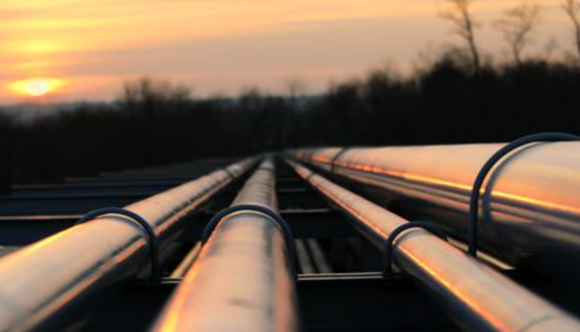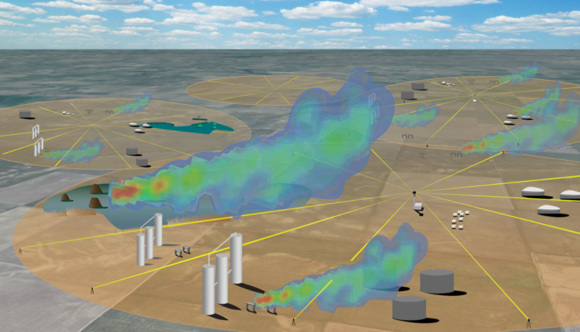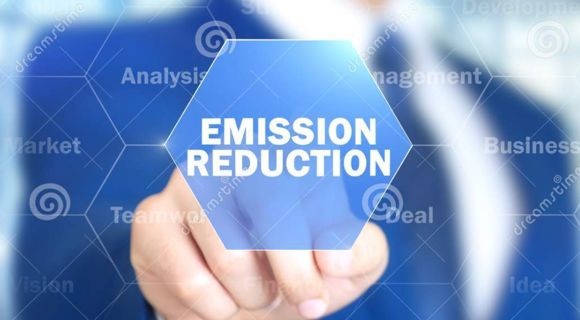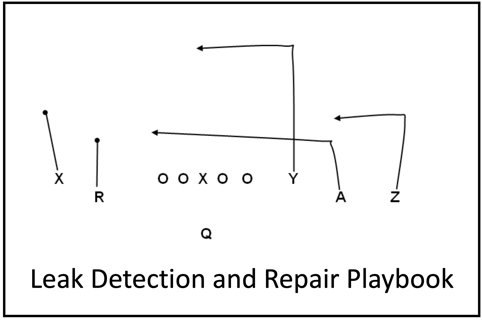Pipeline leak detection market projected to reach USD 3.0 billion by 2025. Learn how to reduce methane with a Pipeline Leak Detection Systems
Pipeline Leak Detection System Reduces Methane Gas


Pipeline leak detection market projected to reach USD 3.0 billion by 2025. Learn how to reduce methane with a Pipeline Leak Detection Systems

Growth in global methane emissions since 2007 has been largely driven by the fossil fuel industries 30% of human-created methane emissions come from the fossil fuel industries.

Devon, as the operator already prioritizes drilling rigs that either can connect to high-line power or have dual-fuel motors suitable for compressed natural gas, liquefied natural gas or field gas.

In the aerial surveys performed in the Permian Basin, 5,361 pieces of equipment were identified on 1450 facilities over 250 square miles using Gas Mapping LiDAR™ (GML) remote sensor technology. Out of these 5000+ pieces of observed
equipment, 6.0% were identified as emitters on the first pass.

Guide for establishing regulatory approaches for emissions reduction in the oil and gas industry.

Thermal imaging cameras are used in the oil and gas industry for preventative maintenance that help spot leaks in tanks, pipelines and facilities.

The leak detection and repair playbook (LDAR) provides details how major Oil & Gas Operators are implementing plans to improve their environment footprint.

hell announced a proposal to build a large-scale carbon capture and storage (CCS) project at its Scotford Complex near Edmonton. This would be a key step in transforming Scotford into one of five energy and chemicals parks for Shell around the world, providing customers with lower-carbon fuels and products into the future, such as hydrogen.
Ovintiv Inc. OVV announced plans to bring down the methane intensity of its North America onshore operations by 33%, which is to be met by 2025.
